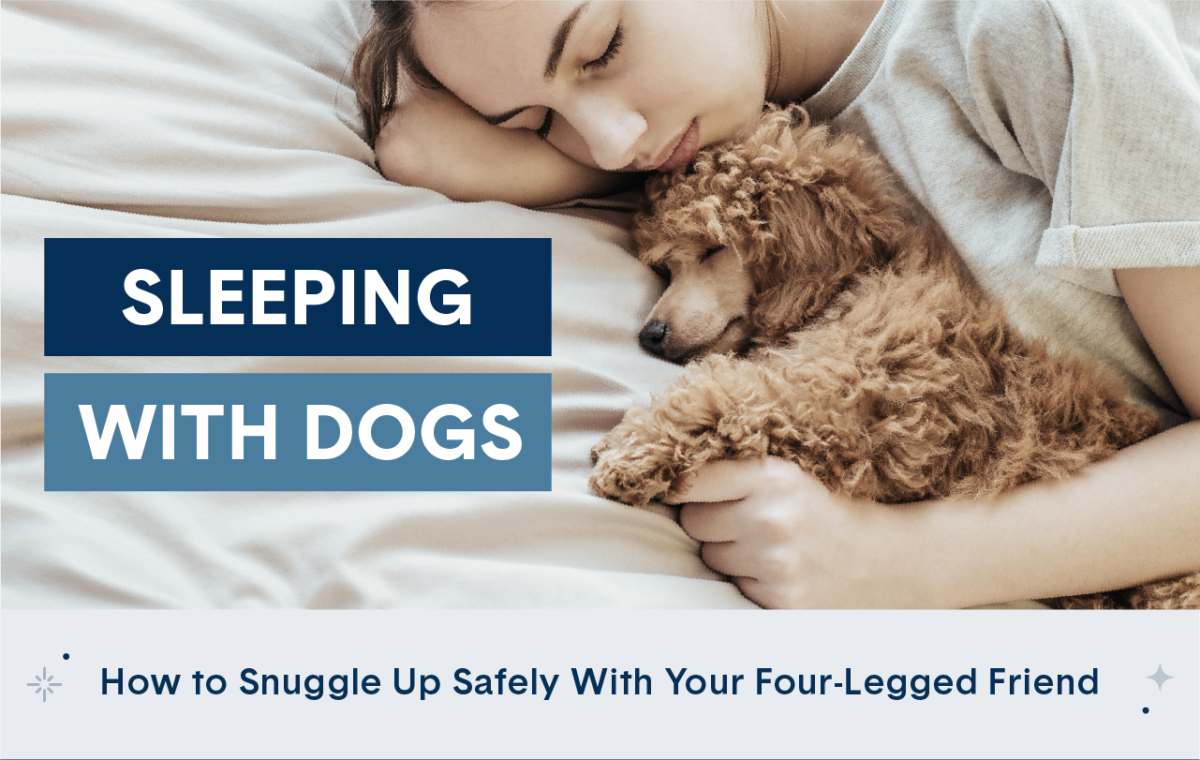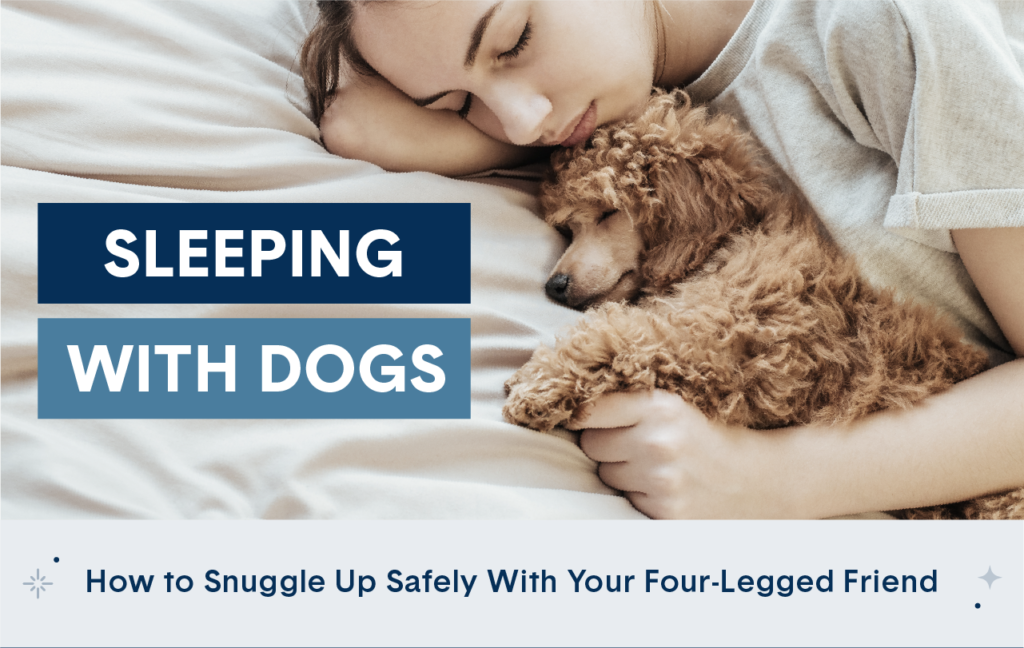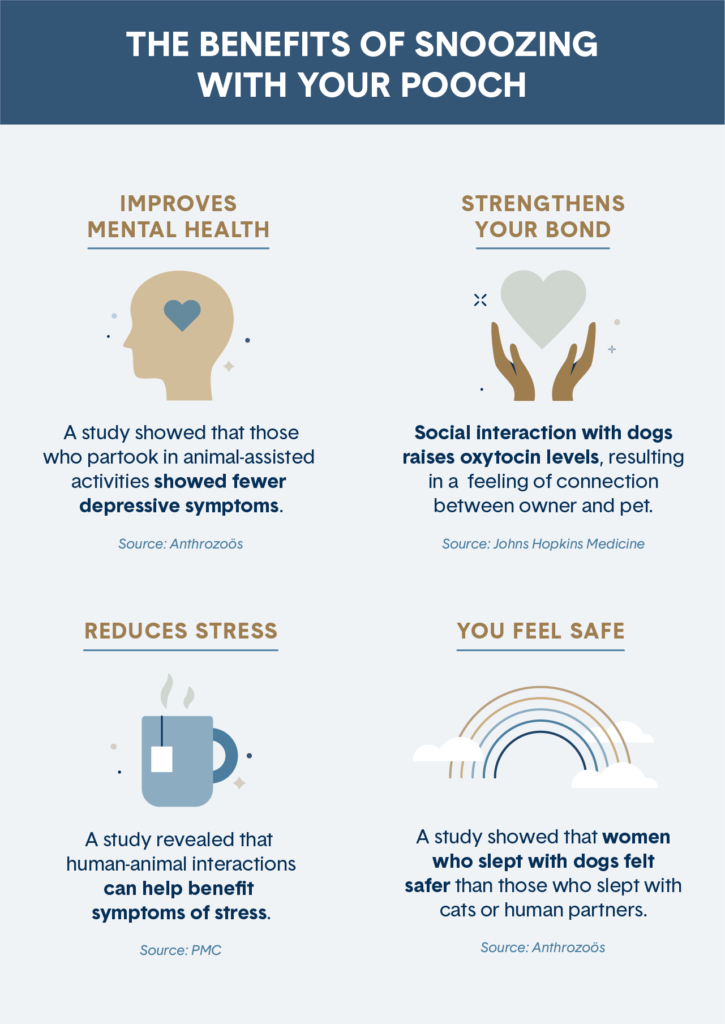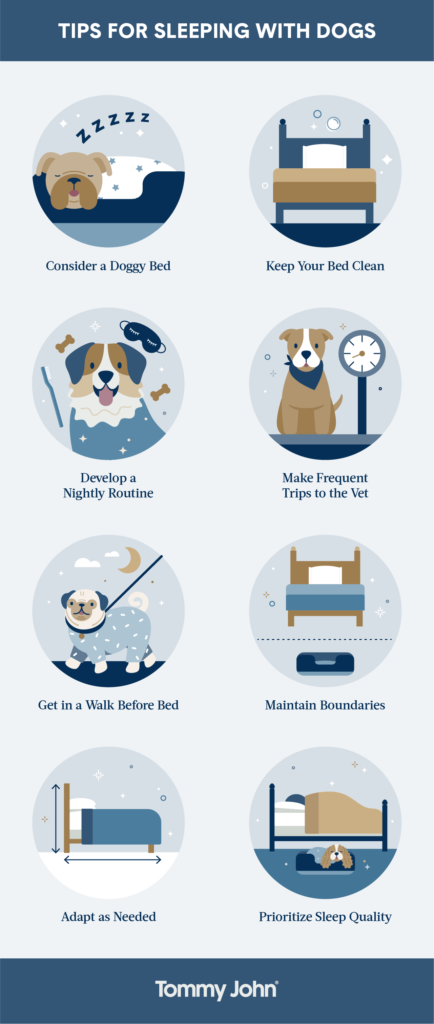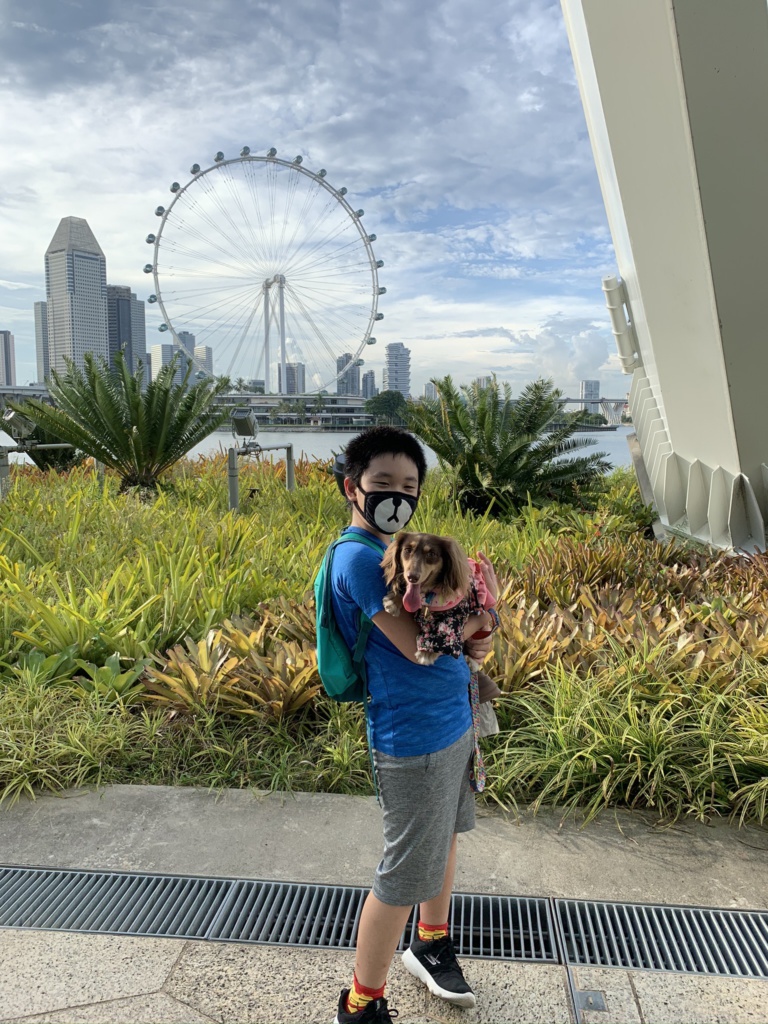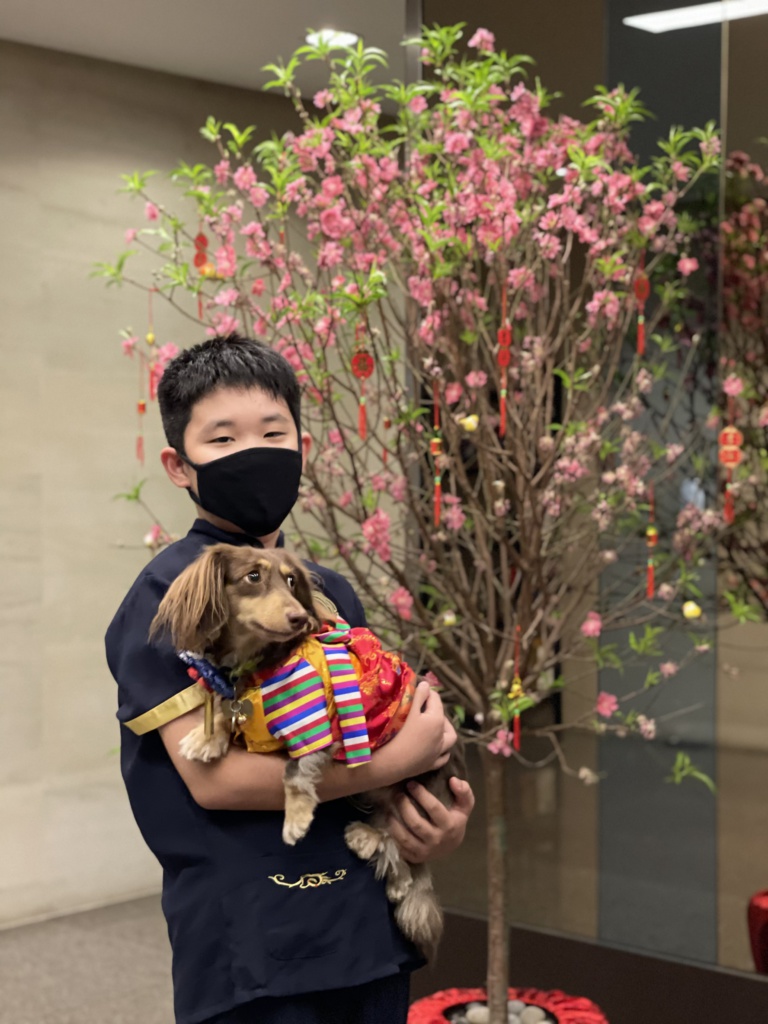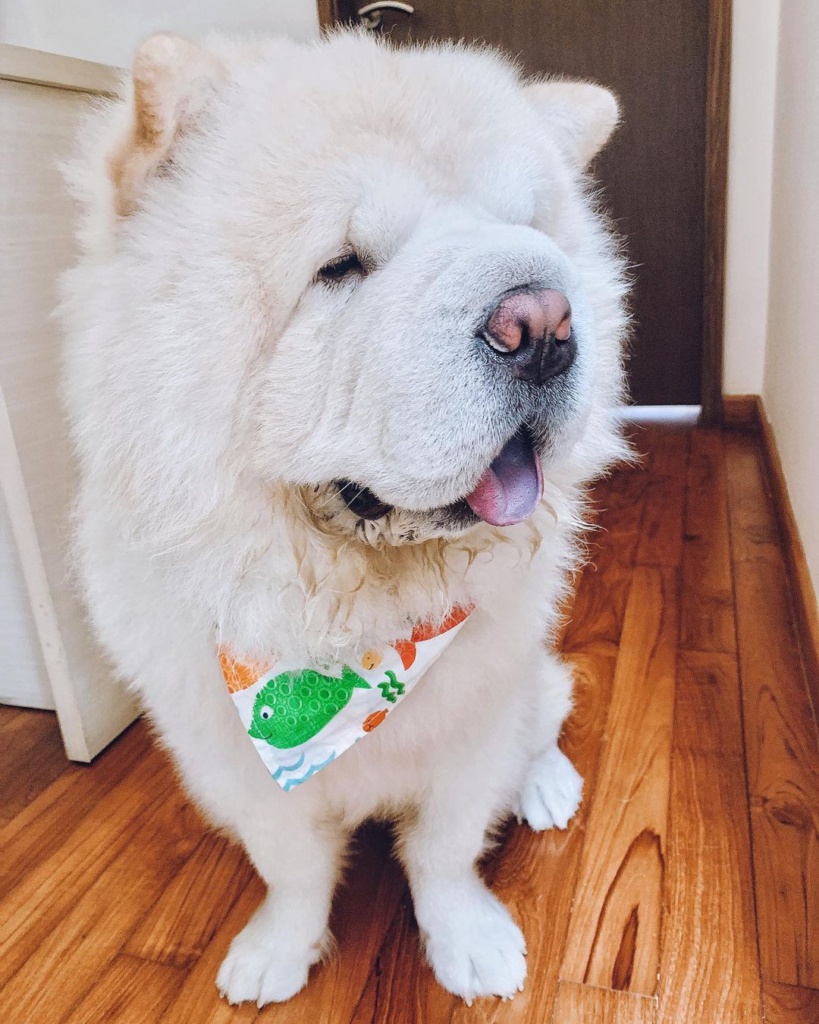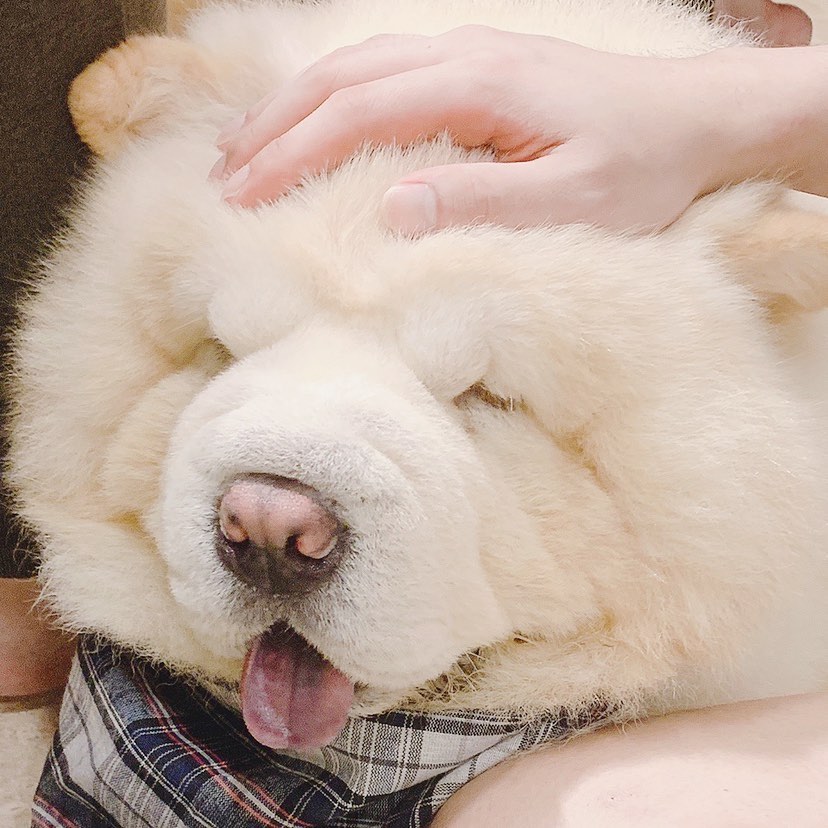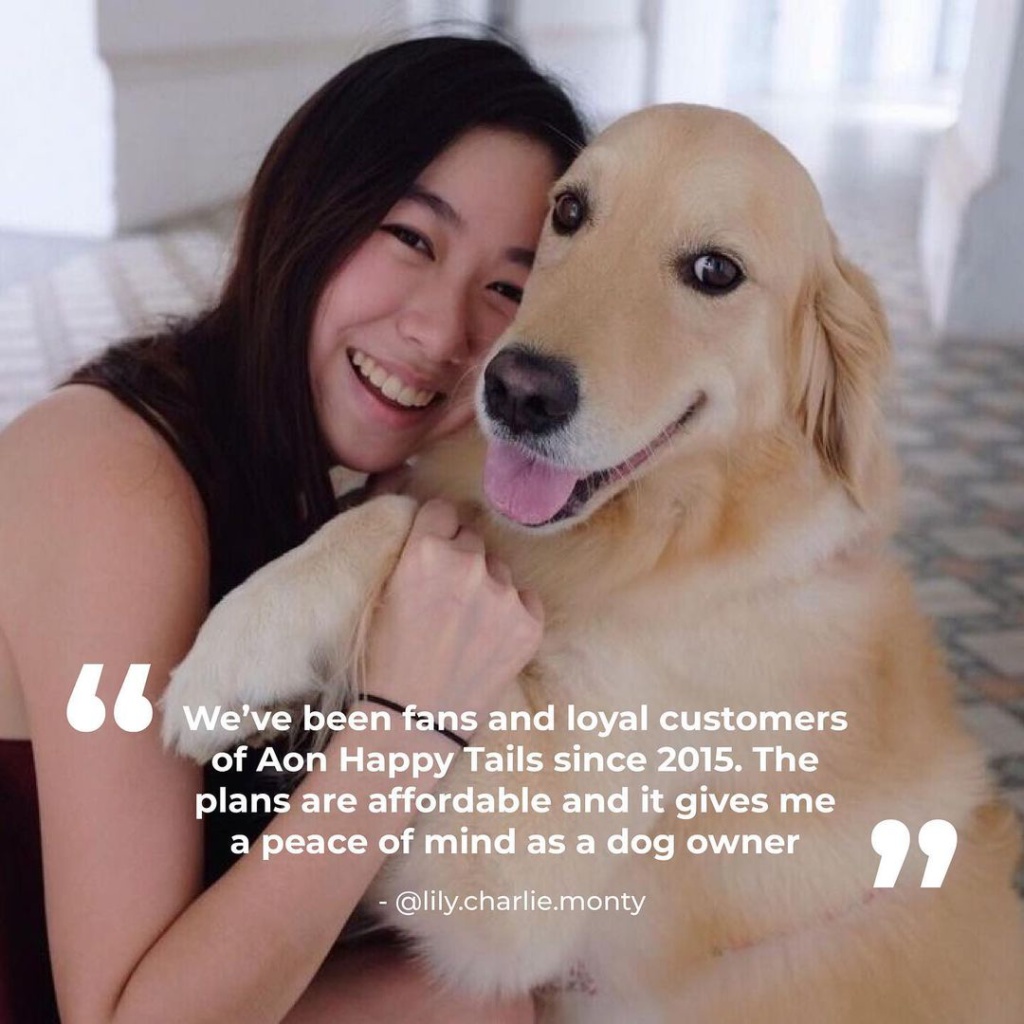This article was written by Lauretta Williams
It isn’t just dogs who can benefit from leash training. While the thought of walking your cat on a leash may seem odd, it isn’t a gimmick. Just like their canine counterparts, cats can also benefit from safe outdoor exercise, such as walks. It’s the perfect way to give them the mental stimulation and physical exercise they need, without letting them loose as an outdoor cat.
Photo by Zoë Gayah Jonker on Unsplash
Is Leash Training Right for Your Cat?
It’s important to bear in mind that not all cats will enjoy being on a leash. Walking outdoors can expose cats to unfamiliar sights, sounds and smells they might find frightening, such as dogs, cars and loud noises. If your cat is easily stressed, leash training is probably not for them. You should also never force a cat to walk on a leash – if she doesn’t like it, find alternative opportunities for outdoor exercise, such as an escape-proof pen or enclosure.
Cats who may enjoy leash training include:
- Indoor cats. With no free reign to go out outside, it’s important to provide them with a wide variety of enrichment options to prevent stress and boredom.
- Cats that show lots of interest in going outdoors. They may spend a lot of time gazing out of the window, or rush outside when let out.
Cats that are bored. Indoor stimulation isn’t enough for all cats. Look for signs such as overgrooming, destructive behaviour or urinating in places they shouldn’t.
How to Leash Train Your Cat
Walking a cat on a leash is very different to walking a dog. They aren’t as naturally inclined and it will likely take them longer to adjust. It’s important you use leashes and harnesses specifically designed for cats – this means no cutting corners and buying a small dog harness that your cat could slip out of. Always opt for a well-fitted cat harness.
When choosing a lead, make sure it’s a lightweight, flexible material. Cats aren’t as robust as dogs, so leather or chain style leashes could hurt them if they come into contact while walking.
Now you’ve got the right gear, here’s how to start walking with your cat:
- Get your cat accustomed. For the purpose of safety, it’s essential you begin your training indoors. Start gently and let your cat get used to the harness first by letting her smell and play with it. This will allow her to lose any fear of it. Once she’s accustomed, strap it on and let her wear it around the house with the leash dragging behind. This will get her used to leash tension, alongside having something strapped around her.
- Walk your cat indoors. Once she’s comfortable, you can begin walking her indoors. Walk a bit with her then gently try to steer her in a different direction. Use treats to reward her for changing direction, and to lure her to where you want to go. Don’t forget to reward her for walking on her own too!
- Go outside. When your cat seems ready, take her to the front door and try to encourage her to explore outside. Dropping treats on your doorstep can help with this. If your cat is still cautious, do not force her. Simply try again another day.
Once you are outside with your cat, make sure to bring plenty of treats and keep your walks short and sweet. Begin with only a few minutes at a time, and gradually extend your walks. However, never walk a cat longer than they want to be walked. If she seems tired or overstimulated, take her home. If you live in a city, it’s best to drive to a more rural location first to avoid spooking her with loud noises and traffic.
A word of caution: It’s important to make sure your cat doesn’t try to escape now they’ve had a taste of the outdoors. Some may wait by the door or try to bolt out as soon as it’s opened. It’s important to make it clear they can only go out when they are wearing their harness.
Alternatives to Leash Walking Your Cat
Some cats just don’t take to being walked on the leash no matter how hard you try. It’s the same with training some dogs on a dog bike leash. It’s just not in their DNA. So how can you provide your cat with safe, outdoor enrichment?
Some alternatives include:
Pet strollers
A safe way to give your feline a change of scenery and some fresh air. While some may not think it, many cats love pet strollers. They have large viewing windows and breathable mesh, so she has a clear view without the risk of overheating.
Photo by Taylor Deas-Melesh on Unsplash
Pet backpacks
Similar to strollers, but more agile. These also have large viewing windows and are made of breathable fabrics, but are best suited to more rural paths. While a pet stroller may be awkward to take around on uneven terrain, backpacks allow you to take your pet anywhere.
Catios
If your cat doesn’t like the leash but you still want him to enjoy the great outdoors, a catio can be a great option. This will be an enclosed pen in your garden for your cat to walk around freely, and is the perfect solution to keep her safe, happy and healthy.
Read More: Cat Tricks: Tricks to Teach Your Feline That Can Help You Bond Together
Sign up as a fellow contributor here and have your articles published.

